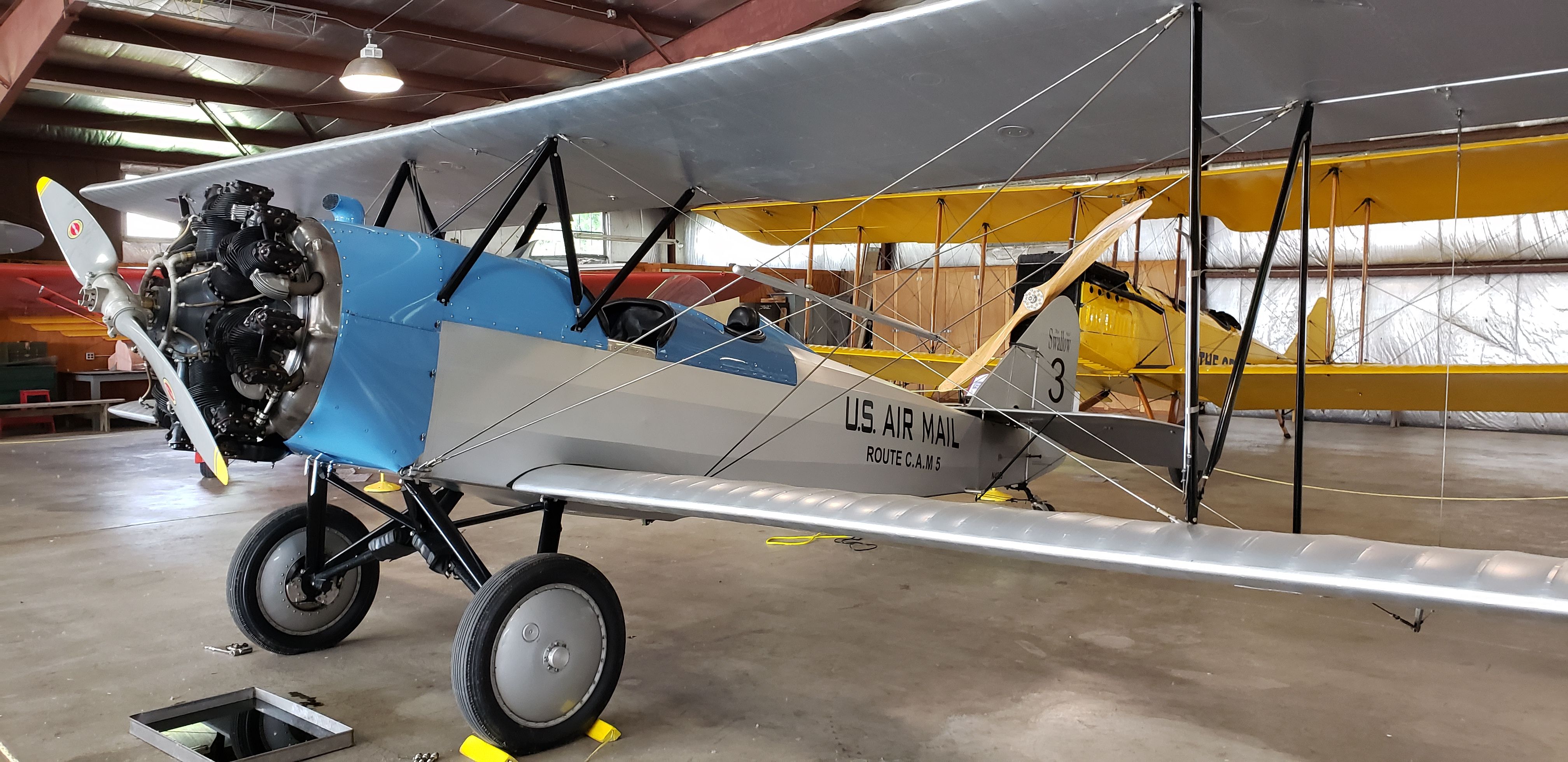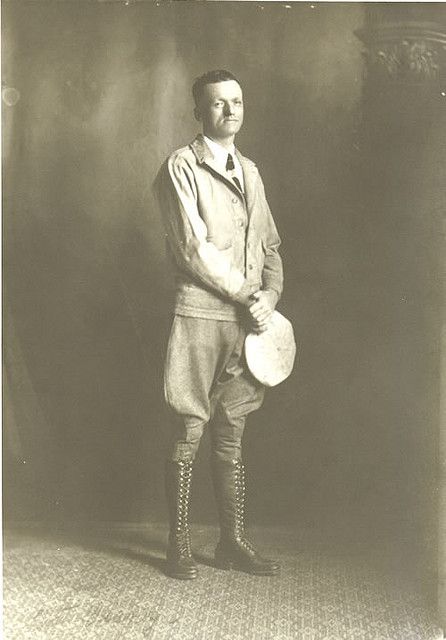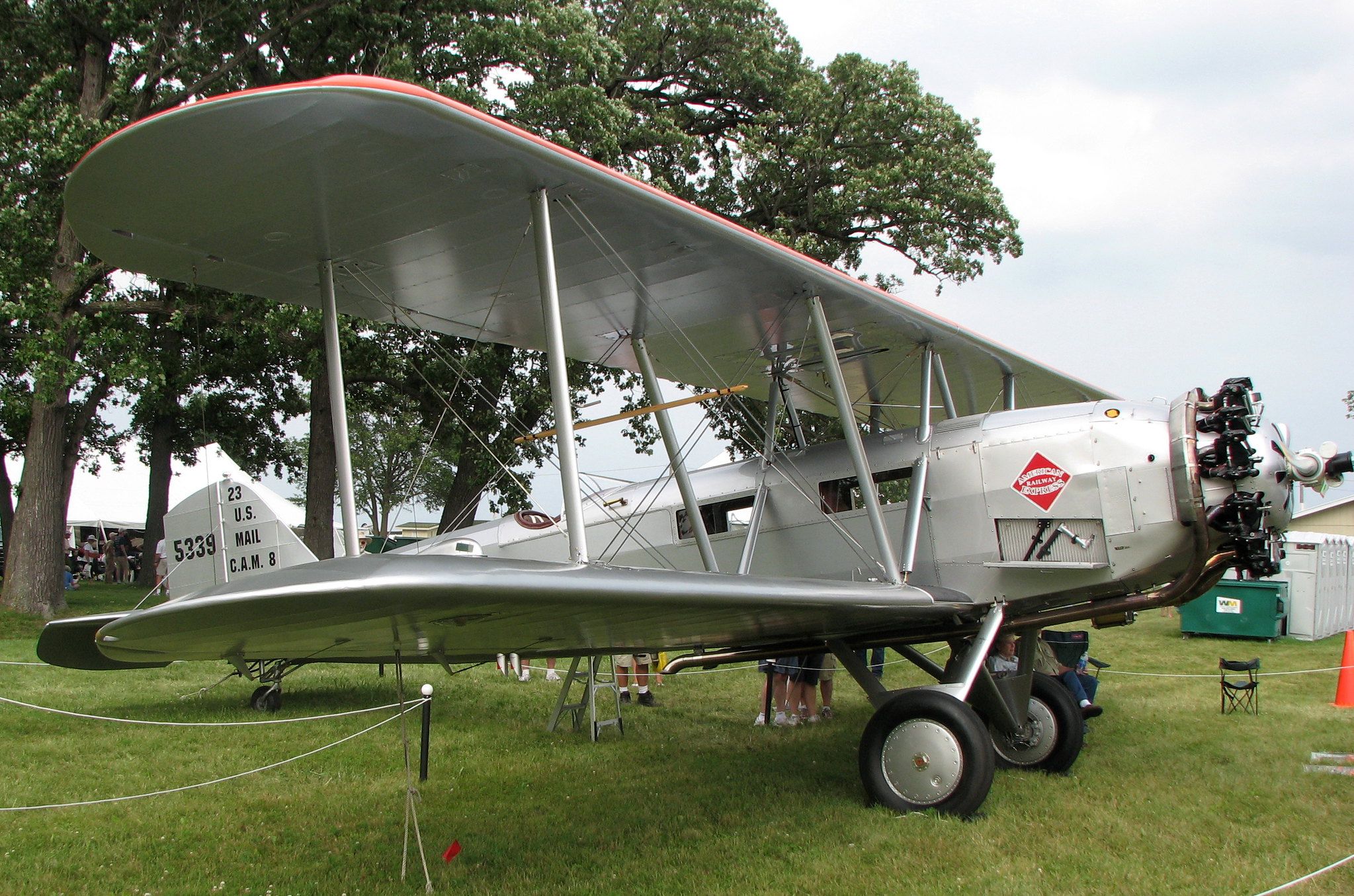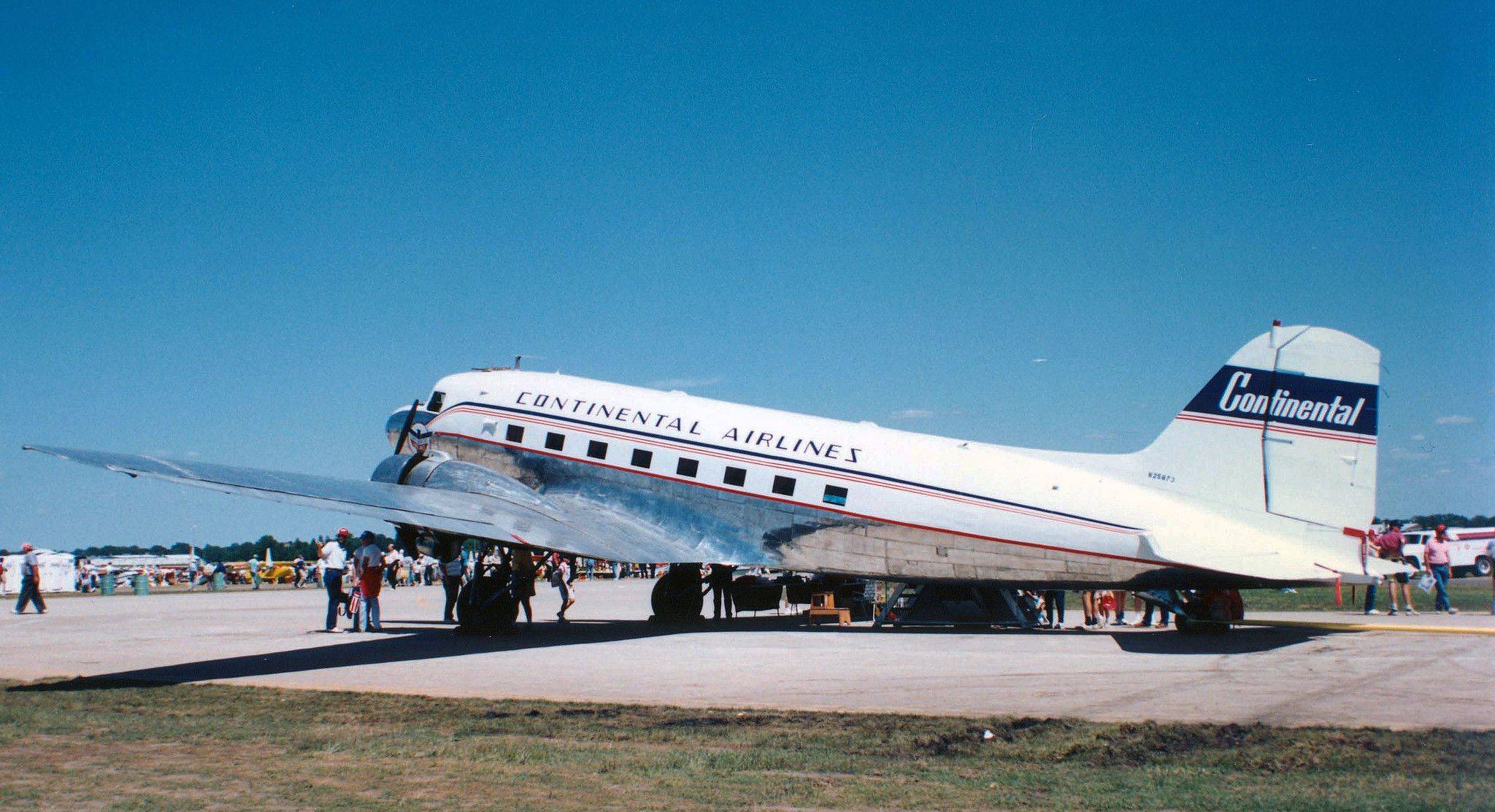Following World War I, aviation took off worldwide, especially in the United States, where delivering mail by plane was becoming popular. In 1925 the United States Congress passed the Kelly Act, allowing the United States Post Office Department (USPOD) to contract with private airlines to carry mail over designated routes.
Boise, Idaho, Postmaster L.W. Thrailkill saw the opportunity to bring Boise into the aerial age and contacted an aviation school and air taxi service in northern California owned by WWI veteran pilot and early American aviation pioneer Walter Varney. The pair set about getting the signatures of all the postmasters in the area and won the contract for one of the northwest postal routes.
The first mail flight was between Pascoe, Washington, and Elko, Nevada
The first flight under the USPOD contract was between Pascoe, Washington, and Elko, Nevada, with a stop in Boise. At the time, Pascoe served as the main rail depot because of its location midway between Seattle, Spokane, and Portland. Mail trains leaving the Washington and Oregon cities would arrive in Pascoe early in the morning. Aircraft would then deliver the mail from Pascoe to Seattle, Spokane, and Portland.
The first civilian Post Office contracted flight took place on April 6, 1926, piloted by Varney Air Lines chief pilot Leon D. Cuddeback. With between 4,000 and 6,000 people attending, Cuddeback took off from Pascoe early morning in a Curtiss-powered Laird Swallow biplane loaded with 207 pounds of mail.
Piloted by Franklin Rose, the first westbound flight was not as successful, with Rose being blown 75 miles off course while flying between Elko and Boise. After making an emergency landing. Rose walked through the wilderness until he came across a farm. He then borrowed a horse from the farmer and turned up with the mail in Pascoe three days after leaving Elko.
Aircraft manufacturers wanted a piece of the action
With mail contracts proving so lucrative, aircraft manufacturers wanted a slice of the pie. In 1930 Varney Air Lines was bought by the United Aircraft and Transport Corporation, a consortium owned by Boeing and Pratt & Whitney Aircraft. With business booming, Varney upgraded the airline with new aircraft, including the dedicated Boeing 40 mail plane.
In 1933 twin-engine Boeing 247 monoplanes arrived, allowing Varney to now carry passengers as well as mail.
In 1934 in response to plane makers getting involved in mail delivery, Congress passed the Air Mail Act, which banned planemakers from operating airlines. As a result of this, the United Aircraft and Transport Corporation was broken up, leaving the airlines part of the group to become United Airlines.
Continental Airlines is created
The same year the Roosevelt administration canceled all mail contracts, which presented an opportunity for air school operator Robert F. Six to buy a share of Varney Air Lines. After taking complete control of the airline in 1936, Six changed the name to Continental Air Lines (later Continental Airlines) to reflect his ambition of having flights to all parts of the country.
Decades later, in 2010, United Airlines bought Continental Airlines for over $3 billion to surpass Delta Air Lines and become at the time the nation's largest airline.



.gif)
.gif)

